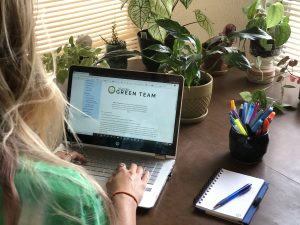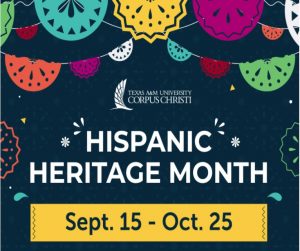Makerspaces have grown at an exponential rate over the past decade and this popularity is felt around the world. According to Popular Science (2016), there are 14 times as many makerspaces as there were a decade ago, in fact numbers show nearly 1,400 active spaces across the globe. But, if you’re anything like me, you begin to wonder, where did this all begin? What was the catalyst that set off the spark to this hot bed of creativity? According to John Burke (2015), the rise of the makerspace concept can trace its roots to the publication of Make, a magazine that launched in 2005 and promoted creative projects and methods for making. The publisher of the magazine also organized a series of “maker faires” around the United States and internationally. These “maker faires” provided a venue for makers to share their creations with other fellow makers, thus the collective concept was born.
At its core a makerspace is a common space where multiple people can come together and share their knowledge, skills and tools. We all know that amassing a stockpile of tools can be not only expensive but difficult. What if you, as an individual, didn’t have the space to store all the equipment? And add to that the inadequate means to acquire what you might need to make your creative idea come to life. This could create huge obstacles for an inventor. Getting tools into a common space where inventors can come together and share their knowledge has its roots in an earlier form of makerspace called a hackerspace. This was a place where computer hackers would come together to learn about computer systems by taking them apart and rebuilding them. They would share tools and collaborate on projects, suggesting solutions to one another.
The maker movement made its shift towards educational institutions with the help of President Obama. His Educate to Innovate campaign launched in 2009 promoted the value of “making experiences”. This movement allowed for many museums, libraries and schools to firmly embrace makerspaces and the opportunities that they provided to become part of their educational programming. Shortly thereafter, the White House hosted it’s first Maker Faire in June of 2014, which brings us full circle to today. This week June 21 – 27 the White House will be celebrating this year’s National Week of Making, so drop by your local makerspace and join in the maker movement by creating something of your own design.
References:
Burke, J. (2015). Making sense: can makerspaces work in academic libraries?.
Lou, N., & Peel, K. (2016, February 23). By the Numbers: The Rise of the Makerspace. Retrieved June 17, 2019, from https://www.popsci.com/rise-makerspace-by-numbers/
Hatch, M. (2014). The maker movement manifesto: Rules for innovation in the new world of crafters, hackers, and tinkerers. New York: McGraw-Hill Education.


